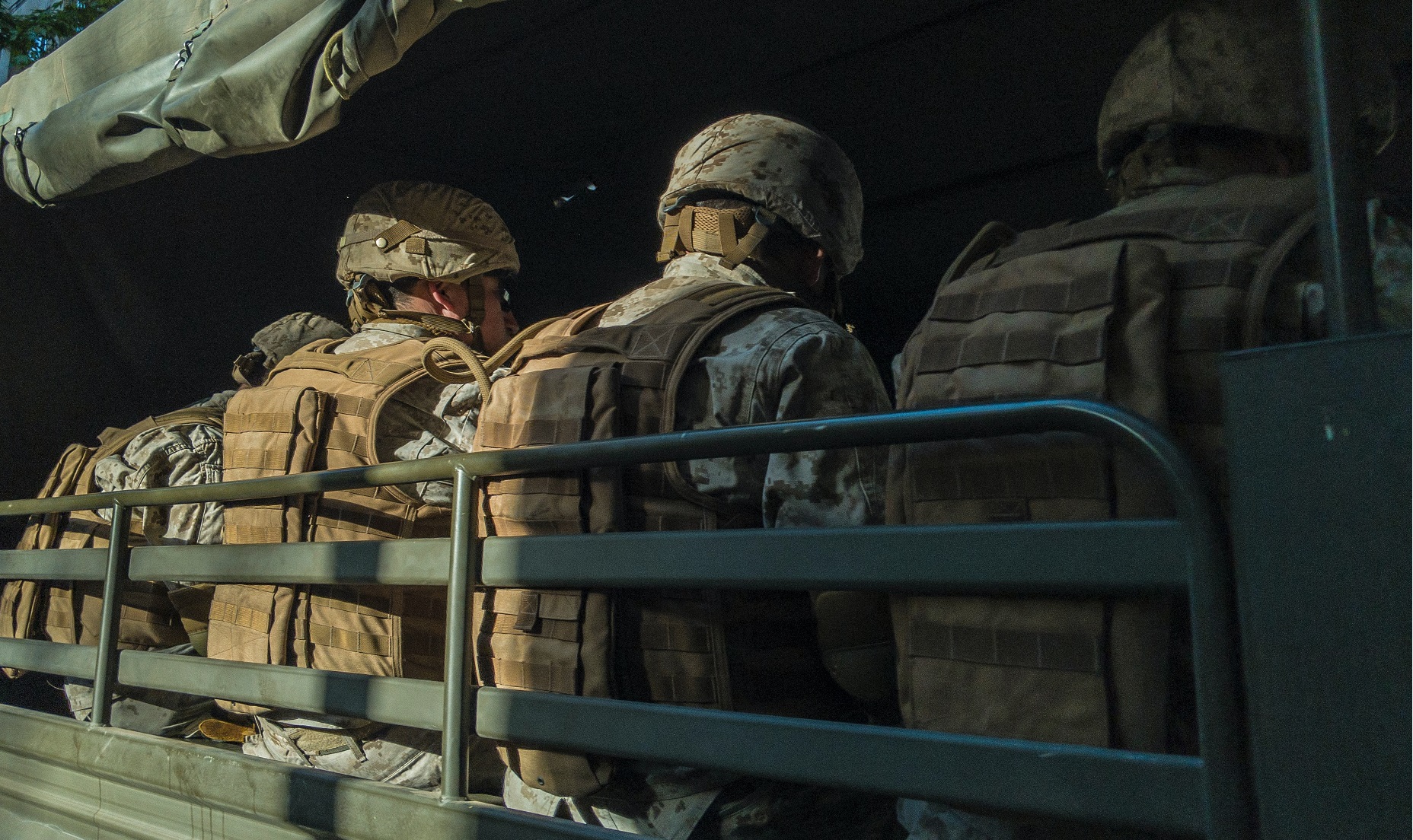The tactical plate carrier vest is a crucial piece of equipment that is designed to protect law enforcement officers, security personnel, and military personnel in high-risk situations. Over the years, these vests have undergone several changes and improvements in design, functionality, and technology. In this blog post, we’ll take a deep dive into the evolution of tactical plate carrier vest designs and how they have become an indispensable part of a soldier’s gear.
The earliest known plate carrier vest designs date back to the 1960s when they were made of canvas and consisted of a bandolier-style design that featured multiple pockets and pouches. Over the years, the designs evolved, and by the 1980s, we saw the introduction of nylon-based vests with a modular design. It was during this period that the modular plate carrier vest became popular. It allowed the wearer to add or remove pouches and panels based on their individual needs, making it a versatile choice for various missions.
The 1990s to the early 2000s saw a significant change in tactical plate carrier vest design, especially after the Gulf War when new threats were identified. The US military introduced the Interceptor Body Armor, which consisted of Kevlar and ceramic plates, and offered better protection against high-velocity bullets and shrapnel. This design was a game-changer, leading to the development of armor plates made from different materials such as ceramics and composites. As a result, manufacturers had to work on designing vests that could carry these new plates, ultimately leading to the birth of the modern plate carrier vest we use today.
The late 2000s saw the introduction of MOLLE (Modular Lightweight Load-carrying Equipment) technology, which was developed under the US Army’s Natick Soldier Research, Development, and Engineering Center. This technology allowed for the integration of different components such as pouches, panels, and holsters onto the vest, giving the wearer greater flexibility, customization, and reduced weight. This new technology meant that plate carrier vests became lighter, more durable, and more functional than ever before, making them a popular choice for military units and law enforcement agencies worldwide.
In recent years, every component of tactical plate carrier vests, from fabrics to buckles to the closure system, has been redesigned to optimize the wearer’s movement and comfort. One of the latest innovations to hit the market is the use of laser-cut materials for MOLLE-compatible panels, which allows for a sleeker, streamlined appearance. This technology has also removed the need for stitching and webbing, thus reducing weight and the possibility of snagging on equipment during operations.
In conclusion, the evolution of tactical plate carrier vests has come full circle, from a canvas bandolier to a modular lightweight design with added composite armor plates to the latest laser-cut innovation, bringing sleeker and smarter designs. As military and law enforcement agencies continue to face evolving challenges and threats, tactical plate carrier vests will continue to evolve to keep the wearer protected, agile, and able to carry out their missions effectively. Manufacturers will keep looking for newer and better methods of designing carriers to give those on the front line the best possible protection and performance. We hope that this brief journey into the history of the tactical plate carrier vest has shed some light on the gear that helps to keep us safer.
For more great articles, please click here.
